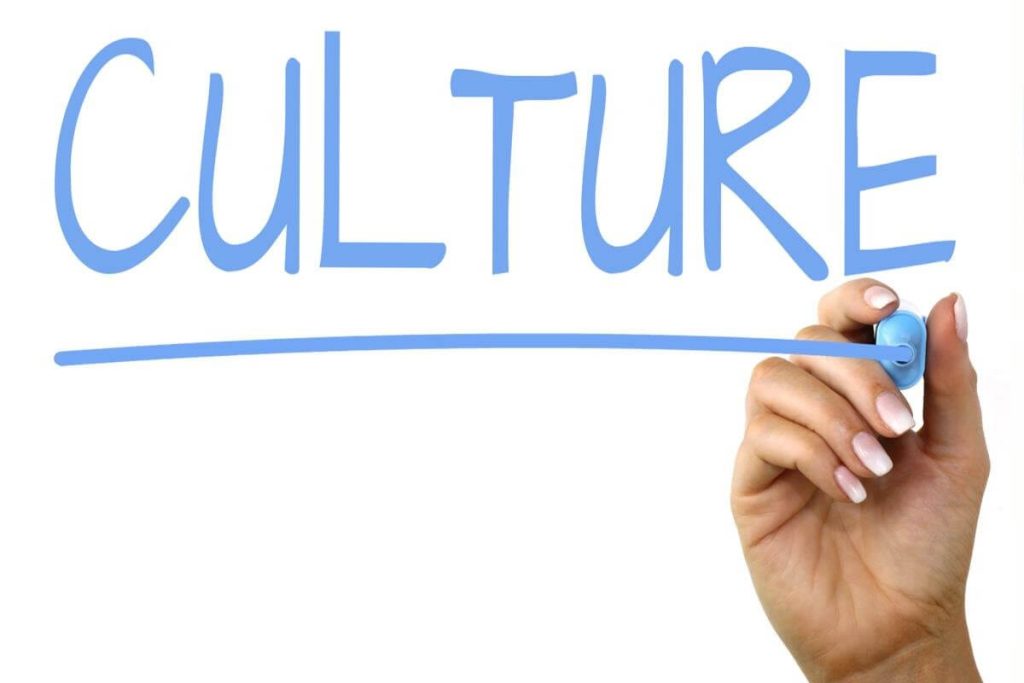Professional translation service providers understand that language is profoundly affected by culture and that they must strive to adapt every translation in such a way that it conveys the same underlying values and meanings to the target audience as with the original.
This is easier said than done, especially when there are vast cultural differences between the source and target language, or when conveying the precise meaning is critical.
For businesses using professional translation services, a lack of cultural awareness within a translation leads to dissatisfied customers, misinterpreted instructions, ineffective websites, a lack of customer engagement, underproductive employees, and ultimately, reduced revenues.
Understanding the link between language and culture, and the impact this has upon every translation project, is essential.
Professional Translators, Language and Culture
Native speaking translators, with in-depth cultural understanding and appreciation, are best placed to perform translations with accuracy.
They need to be able to fully grasp both the source, and target languages, the cultures, people, society, and norms, so they can give an informed and culturally appropriate translation.
This is so that the translator can adapt the language of the original message so that it fits within a new culture.
This doesn’t just mean translating the words (although this is necessary too), but also modifying the contextual elements so that it resonates with the target audience.
For instance, a marketing campaign originally designed for English-language speaking customers in the UK would require a whole new cultural adaption for an Arabic speaking audience based in the UAE.
Elements of the campaign such as, humour, colloquial phrases, names (of people and places), and images must be adapted in order to avoid causing offence and to ensure the target audience fully understand the marketing, brand, products, or services.
Every language, culture, and location have unique features which must be consider before a successful translation can be accomplished.
Cultural Translations
Translation can only go so far in adapting a message when cultural differences are at play.
Instead, professional language services providers use a service known as Localization.
Localization is similar to translation, in as much as the text is adapted to a target language, but it goes far beyond simply translating words.
With a localization service, websites, marketing campaigns, product packaging, and so on, are all adapted to become culturally acceptable to the target audience.
For instance, a clothing brand targeting a new market overseas might choose to adapt their slogan or find a local influencer to endorse their product, so the brand is perceived in a more favourable light by the new audience and is more readily accepted.
There are many factors which can be adapted within the localization process, including:
• Images
• Graphics
• Design
• Text – phrases, humour, spelling
• Slogans
• Colour
• Currency
• Weights and measures
• Date and time formats
• Address and phone number formats
• Payment and postage options
• Tone of voice
• Dialect
• Web layout
• Local legal regulations
Culture changes the meaning and importance of language, so ensuring content is localized for each new language, culture, and region is critical for success.
The specialist team here, at Creative Word, are ready to help with your translation or localization project, offering advice and expertise on all aspects of language and culture.
Contact us now to find out how we can help you.












